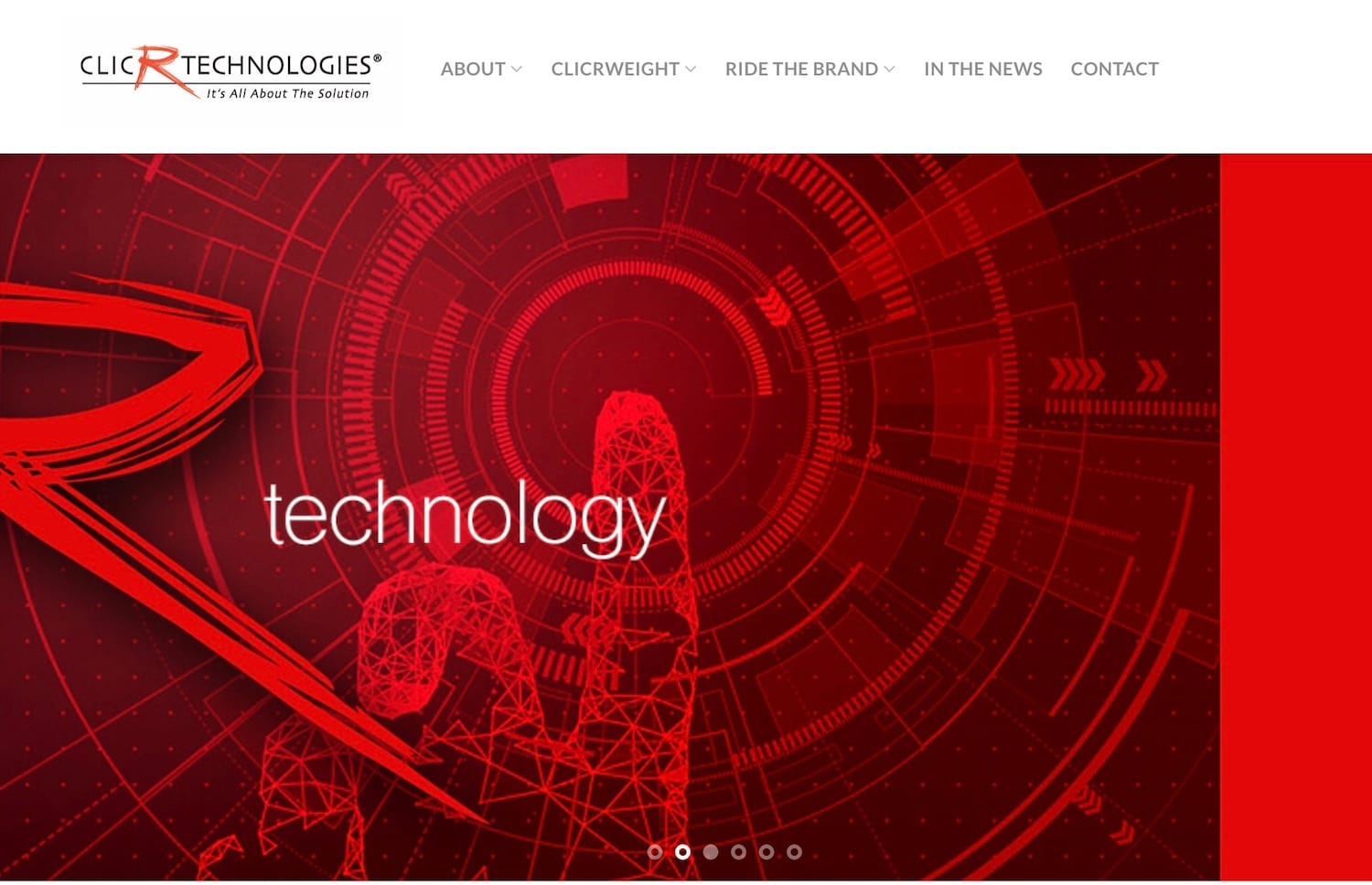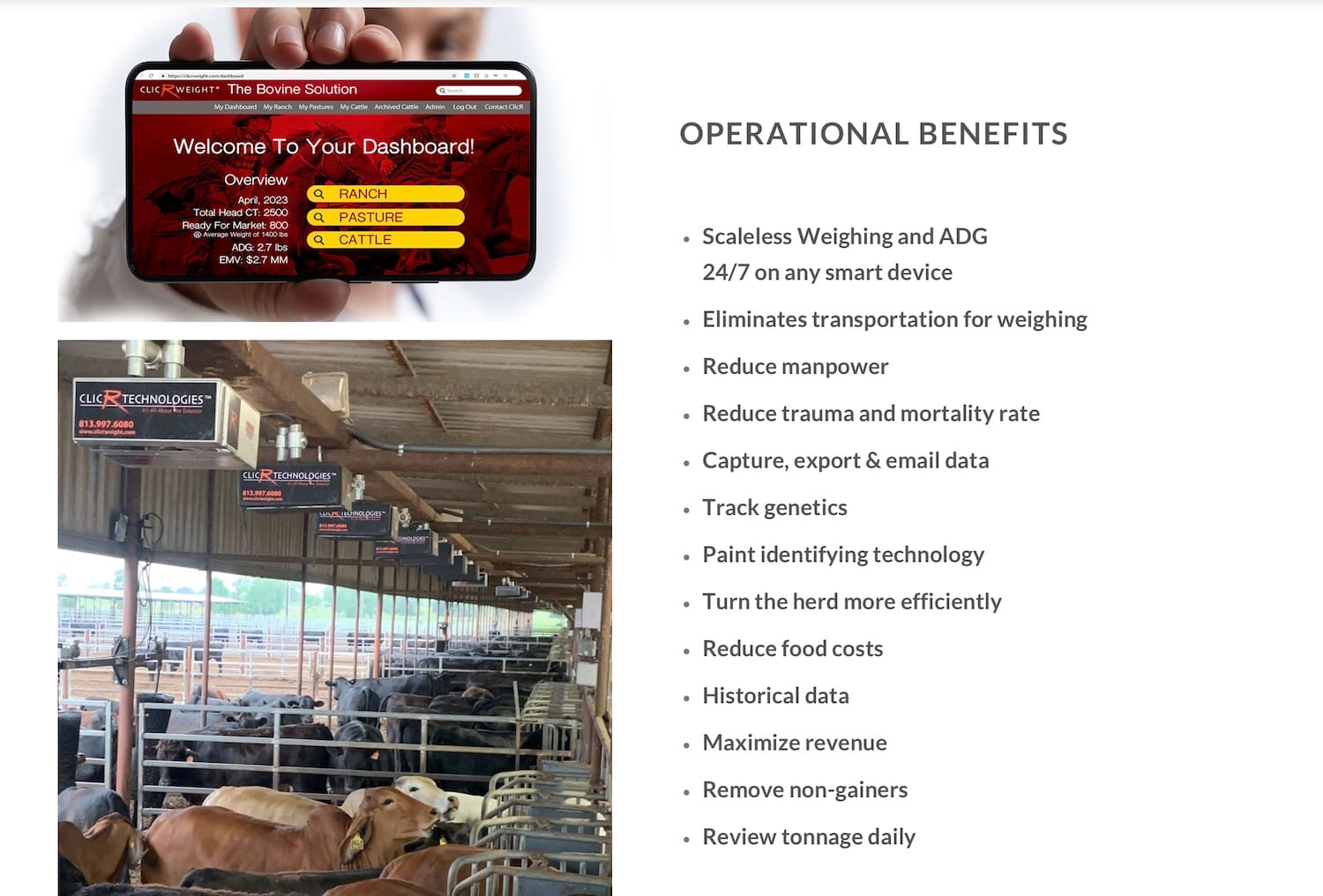"When the old rules no longer apply, it's time to make some new ones!" - Futurist Jim Carroll
Here's a video of a rancher serenading his herd home with his trombone.
Posted more than 8 years ago, the video has had more than 24 million views. Think about that!
This fact has relevance to the fact that when the rules no longer apply, it's time to make some new ones.
I'll use this thought process as I tell the story of an AI-based technology company that reached out to me, after my keynote for Cattlecon 2024, for some advice on how to gain traction in the industry. Their product will weigh cattle simply through AI analysis of a picture - that's the product It might not seem like much, but it's truly a groundbreaking technology - one that has big implications for the typical rancher. Even so, as with many start-up companies with a big new idea, it's difficult to gain notice and awareness in the industry.
Why? Because the rules for gaining traction have changed! The old rules of branding and marketing were that you came up with a killer product, a marketing campaign, some advertising, and promotion money, and sales would flow to your door. Those rules no longer make sense in a world that is information-overwhelmed, short-attention-span-based, and inundated with new stuff.
With that in mind, I bring you to ClickR Technologies. The founder and CEO, Joey Spicola, saw me speak at CattleCon 2024, and reached out to me, asking if I might be able to help him build awareness of his business and product. I guess my message about the future and opportunity caught his attention. I did reply that I tend to focus on doing what I do well (speaking about trends and innovation) and that I'd love to take on a project but know it's not something I can do. I did put him in touch with someone in the industry who might be able to help him.

Even though I was not able to help him, I immediately did have in the back of my mind a lot of specific thoughts on what he might be able to do, and so here are those thoughts - particularly the points below. It goes to the issue that you need to chase the opportunities of tomorrow differently. A bit more of the backstory - the benefits of the solution are clear.

Cattle are currently weighed with conventional gravity scales typically at a central location requiring time consuming, labor intensive rounding up and transporting to a weighing station. The cost and trauma impact on the animals can be significant. Our revolutionary livestock weighing technique is a game changer for any commercial or private cattle ranch.
Joey's summary to me was a bit more concise:
Scaleless weighing.
The camera takes a picture of the animal, at the water trough or feed bunk picture is processed through a proprietary algo and produces a weight in a couple of seconds, no stress on animal.
Our accuracy is 98% accurate, start to finish.
We can weigh
Bovine
Dairy
Swine
Horses
Alligators
Developing a human solution
I'm intrigued by the alligator application, but onwards!
The technology itself? Yes, it is quite feasible to weigh cattle through AI machine vision technology - it's a relatively simple application of computer vision technology. Here's how it generally works:
- Image Capture: Cameras or other imaging devices are used to capture images of the cattle from various angles. These images need to be clear enough for the software to process them accurately.
- Feature Extraction: The machine vision system analyzes the images to identify specific features of the cattle, such as their size, shape, and body condition. This process might involve techniques like edge detection, segmentation, and pattern recognition.
- Weight Estimation Models: The extracted features are then inputted into a model that estimates the weight of the cattle. This model can be based on previously collected data that correlates certain physical characteristics with weight.
- Machine Learning: Many modern systems use machine learning algorithms to improve the accuracy of weight estimations. These algorithms can learn from a large dataset of cattle images and their known weights, enabling the system to make more accurate predictions over time.
So if you have a great product that is fast, efficient, reliable, and saves time and money, how do you get noticed? It's certainly difficult to do it the old ways - and in my mind, I started running through the new rules of awareness. This is the advice I would have given to Joey:
- Find the communities. To sell your product, you need to find those who might have an interest in the product. Chances are they are wired, connected, and online. You need to immerse yourself in their world and understand how they think - they're already immersed in the future with new ideas, opportunities, and technologies. They're eager to find and explore new stuff - and you have new stuff. Find them, and you'll find your market.
- Concentrate on the optimists. Realize that the folks in these communities will want to hear your story; others will not. Go and read about the 'Two types of farmers,' which I have often documented in these posts. Focus on the future-positive farmers - forget about the rest. There's no point in trying to sell a groundbreaking, innovative solution that saves money and time and time to those who tune out such opportunities simply because they, well, don't like the future. Focus on the future-positive audience.
- Construct the story. To sell in today's world, you've got to have a short, concise, attention-grabbing, compelling, and information-rich story. If it's video, do it in less than a minute. (30 seconds will do). If it's text and images, use short phrases, bullets, and attention-grabbing text. Find a copywriter who knows how to write copy for the attention-deficit 21st-century economy.
- Share the story. Your goal is not to sell a product, but to tell a story that features your product. There's a big difference. People don't want to buy a product, but they want to own and be a part of a compelling story. That's what Apple, Tesla, and others don't do. They don't necessarily sell products - they sell a story, a lifestyle, an aspirational future that people want to be a part of.
- Get social. To do that, share your story where it matters. Social media is where it's at, and when it comes to young ranchers, farmers, and agriculture executives, social media is where they find their future. Too old for TikTok? Get young! Not actively using Instagram? Get there! Not blogging? Blog more!
- Get young. There are a lot of progressive, smart, future-oriented older farmers and ranchers - but there are also a lot of younger ones! Talk and connect with to a bunch of 15, 20, 25, and 30-year-old ranchers. They're your future, and they're your market. Talk to them about your product, and see what they think. Get them involved - learn from them.
- Become the expert. Every application needs an expert, so BE the expert. Machine vision-based cattle weighing? Machine vision-based alligator weighing? I can't imagine there are a lot of industry experts on that, so be the guru, the expert, the person who is quoted in the news and in the industry and around the world. That involves adopting 'guru-mode', adding a little bit of the late Steve Jobs lifestyle to your persona. You don't have that type of persona? Find a frontman or frontwoman!
- Find a stage. Get onto the industry event circuit - be a speaker, be a panelist, be an organizer. Find the conferences, contact the organizers, and get onto the agenda. This is one of the key ways to get out there - it's also an important way to get your networking going. There are 90,000 associations in the US and countless trade shows - become the recognized expert on a niche topic out there!
- Make the news. Get into industry publications and other information sources. To do that, realize a key thing - most publications and journalists are lazy. They won't want to take any time to do the research to write a story - did I mention they're lazy? Prepare a media kit - statistics, values, bullet points, key information. Write a story for them. Share the story. Get it in print or online. Do the work for them, nicely packaged, neatly put together.
- Elevate the fans. Over time, you'll build up a list of those who are fans of your product. They'll have seen the returns, understand the benefits, and are reaping the rewards. Let them tell the story. Make them into evangelists, and they'll do the work for you.
- Build a network. Tech companies have user groups, community forums, and market leaders. They double down on efforts to build a community of like-minded people, people who use and believe in the product. Help them network to build your network.
Above all, play a bit of trombone.
All of this brings me back to the point of the video above. The fact that a rancher playing a trombone to his herd has drawn tens of millions of views tells it all. He's not selling a product in this case, but a careful little bit of product placement in such a video would certainly help to define a future for that product! To get attention, you must work harder to get attention - and serenading the cows home with a trombone certainly gets attention! Imagine the same video and the cows come home - and are immediately weighed and sorted via an AI. Wild opportunity!
Branding marketing awareness and outreach these days is tough to do.
To do the tough things, sometimes a little bit of trombone will help.
At one moment in time, Futurist Jim Carroll spoke to several cattle ranchers about the future of ranching at an event in Lubbock, Texas, deep in cattle country. Since then, he has spoken to several thousand more about the future of their industry.

